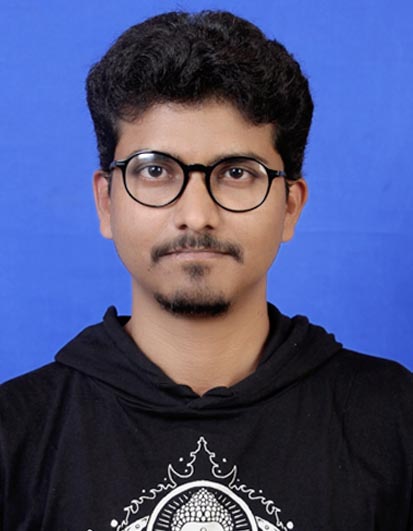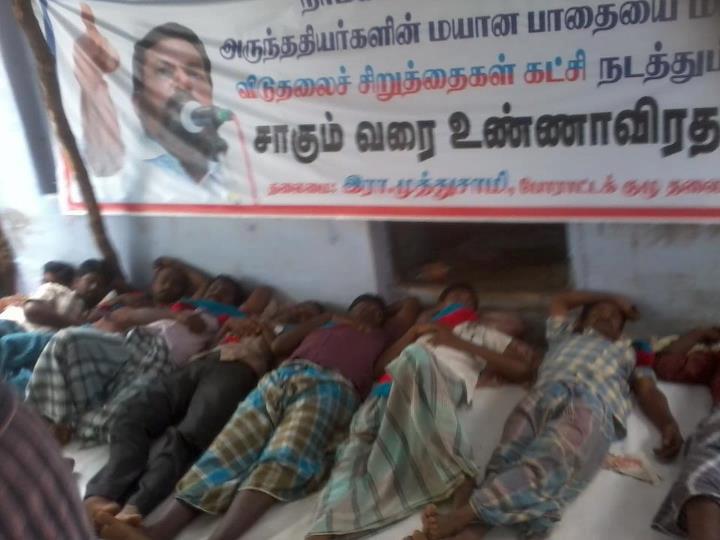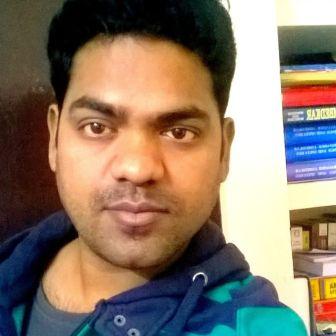Chandrakant Kamble
 Famous Hindi writer Munshi Premchand’s (1881-1936) story Sadgati (‘deliverance’ in the religious sense of the term) was picturized by legendary Indian filmmaker Satyajit Ray (1921-1992) in a 1981 movie with the same name. India is celebrating Ray’s 100th birth anniversary in 2021. In academia and curriculum, Ray’s many films are considered masterpieces and taught to film and media students in several Indian institutes, including the Film and Television Institute of India. Mainstream Indian cinema has an inadequate representation of the Dalit and marginalized communities.
Famous Hindi writer Munshi Premchand’s (1881-1936) story Sadgati (‘deliverance’ in the religious sense of the term) was picturized by legendary Indian filmmaker Satyajit Ray (1921-1992) in a 1981 movie with the same name. India is celebrating Ray’s 100th birth anniversary in 2021. In academia and curriculum, Ray’s many films are considered masterpieces and taught to film and media students in several Indian institutes, including the Film and Television Institute of India. Mainstream Indian cinema has an inadequate representation of the Dalit and marginalized communities.
The few exceptions, from Achhut Kanya (1936) to Madam Chief Minister (2021) have misrepresentations or portrayals through the established Savarna gaze, displaying immense prejudice and metonymy. Ray is not an exception in this trend of biased cinematic presentation of Dalits. Upper caste filmmakers have always talked about the ‘Other’ through the Savarna perspective. Feminist theorist and scholar Gayatri Spivak’s asked a question, ‘Can the Subaltern speak?’ her theoretical answer is No…Never.
Mainstream cinema dominated by upper caste filmmakers is rarely free from the Savarna gaze and has failed to correctly portray Dalit characters and stories. But nowadays Marathi and Tamil regional Dalit filmmakers have managed to substantially present accurate Dalit consciousness on the silver screen. They are proactive in expressing a casteless progressive consciousness.
Notably, the filmmaker does not empathize with Dukhiya or his family. It’s neither Ambedkar’s anti-caste perspective nor Gandhi’s Harijan perspective. Sadgati (1981) has a Brahman as the main character. The film is about a Brahman’s everyday life and Dukhiya is a sub-character. In the original story, Dukhiya is not sick but Ray added dramatic sequences which added massive vulnerability to Dukhiya. Brahman forcefully makes Dukhiya do all work for him under the hot sun while hungry and thirsty. As a consequence of it, he dies in the Brahmin colony. Spectators do not blame the Brahman for this murder.
Satyajit Ray normalized such a serious issue and showed it as a part of everyday life. Being a Dalit, all kinds of oppression and subjugation is your life, and they are implemented as an unwritten role. Consciously or unconsciously Ray has imitated this blind role. Dukhiya’s death created issues in the Brahmin’s life: upper caste villagers turned against the Brahmin. They can’t bring water alongside the impure Dalit dead body. People pressure him to pick up the dead body, and finally, the Brahman pulls the body out of the village boundary, leaving it around dead animals’ decayed bodies. Sadgati (1981) captures a kind of social brutality, and barbaric human practices. The Brahman does this impure job and sprinkles holy water around himself to regain his Brahmanical purity. As I said above, Sadgati is the story of a Brahman, it does not talk of Dalit issues or caste matters. The Indian caste system is symbolically represented by the indestructible trunk that Dukhiya was trying to chop. Another metaphor, the Pandit, represents Brahminical patriarchal society as he preaches to the people giving references of Hindu scriptures. He says, ‘In the Shastras, there is no mention against remarriage, and you can marry many women. She is my third wife’. Pandit cites himself as an example.
To perpetuate a hierarchy favorable to the upper castes, the caste system defines binaries such as the impure and pure, lower and higher, inferior and superior, primary and secondary, Savarna and Shudra, Brahmin and Dalit. Ray’s Sadgati metonymically presented Dalit characters in the movie. Indian upper-caste intelligence never touched on caste issues, nor brought it for discussion on open platforms. It’s elite hypocritical behavior will write stories, novels, and books, even make films but never stand up for an anti-caste discourse. That means they have indirectly supported the caste system. The Lifetime Achievement Honorary Oscar winner Satyajit Ray is no exception.
~
References
Spivak, G. C. (1988). Can the Subaltern Speak? In Marxism and the Interpretation of Culture (pp. 271–313). http://www.mcgill.ca/files/crclaw-discourse/Can_the_subaltern_speak.pdf
Rajak, S. (2020). Problematizing Dalit Chetna: Sadgati as the Battleground of Conflict between the ‘Progressive Casteless Consciousness’ and the
Anti-Caste Dalit Consciousness. Rupkatha Journal on Interdisciplinary Studies in Humanities, 12(4).
Solanki, S. N. Social Exclusion of Dukhi: A critical study of the short story ‘Sadgati’ (DELIVERANCE) by Prem Chand.
Yengde, S. (2018). Dalit Cinema. South Asia: Journal of South Asian Studies, 41(3), 503-518.
Munshi, P. (2002). Sadgati. Ed. Saini Avinash, Search Rajya Sansadhan Kendra Hariyana, Gov.
Edachira, M. (2020). Anti-caste aesthetics and Dalit interventions in Indian cinema. Economic and Political Weekly, 55(38).
Chakravarti, U. (1993). Conceptualising Brahmanical patriarchy in early India: Gender, caste, class and state. Economic and Political Weekly, 579-585.
Arya, S. (2020). Dalit or Brahmanical Patriarchy? Rethinking Indian Feminism. CASTE/A Global Journal on Social Exclusion, 1(1), 217-228.
~~~
Chandrakant Kamble is a research scholar at Symbiosis International University, Pune.









